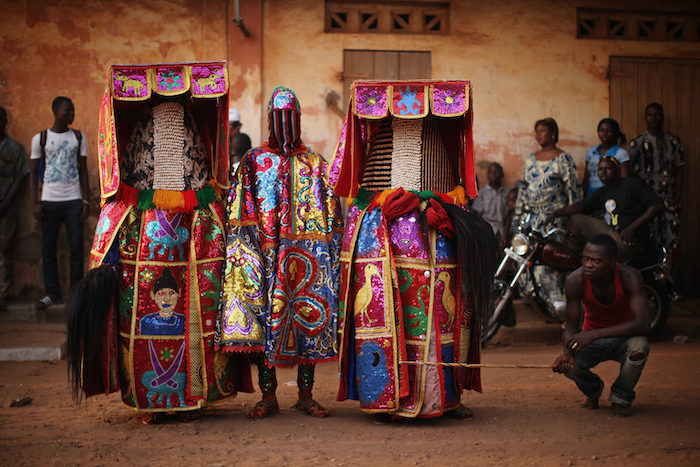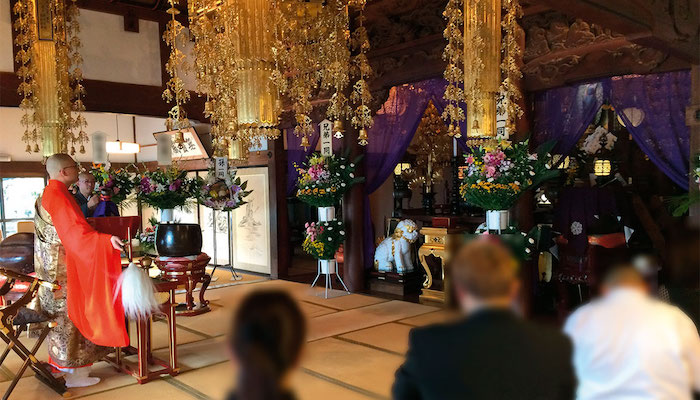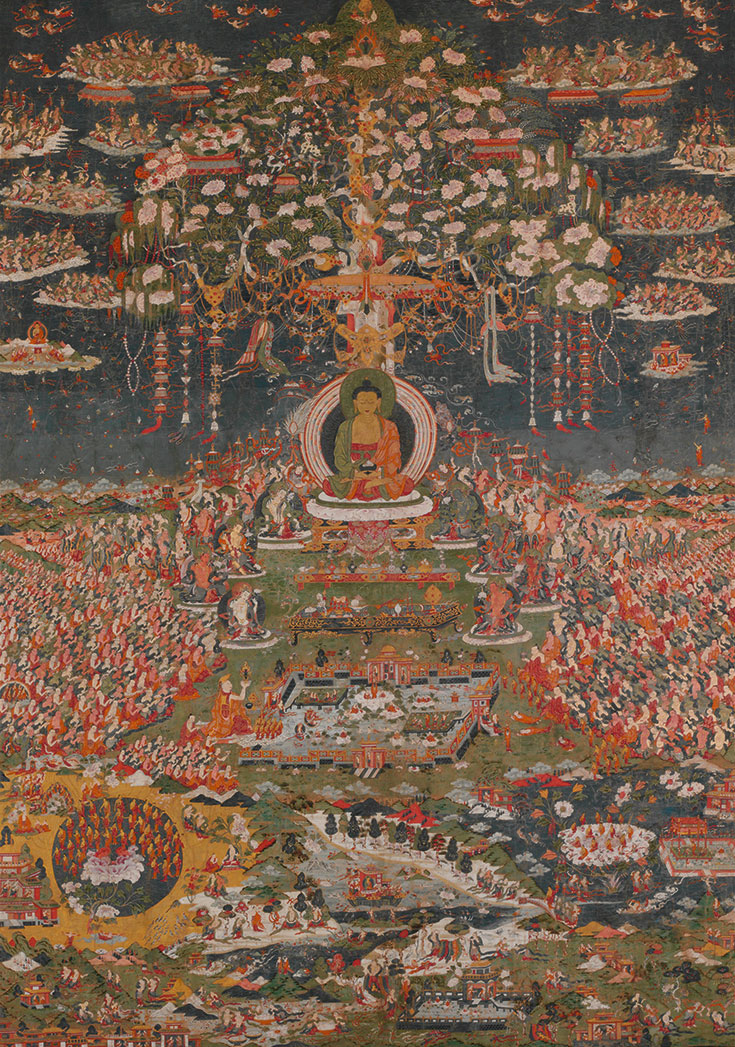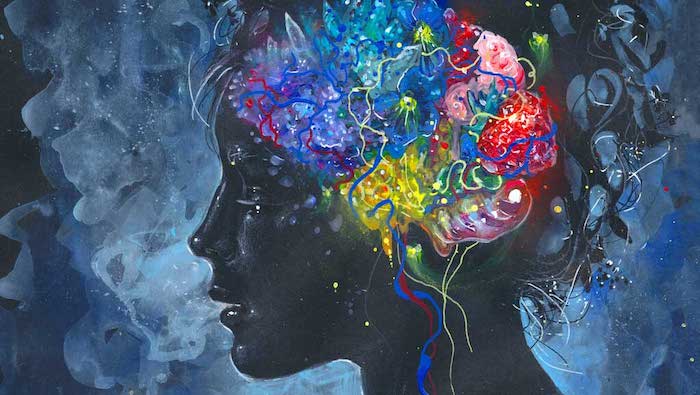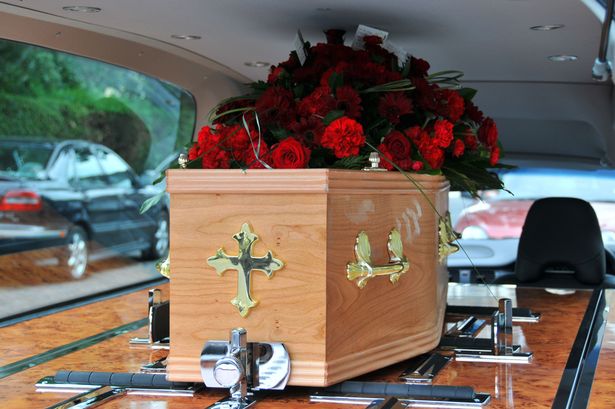A jumble of complicated and unexpected logistical tasks can fall into your lap after a loved one dies.
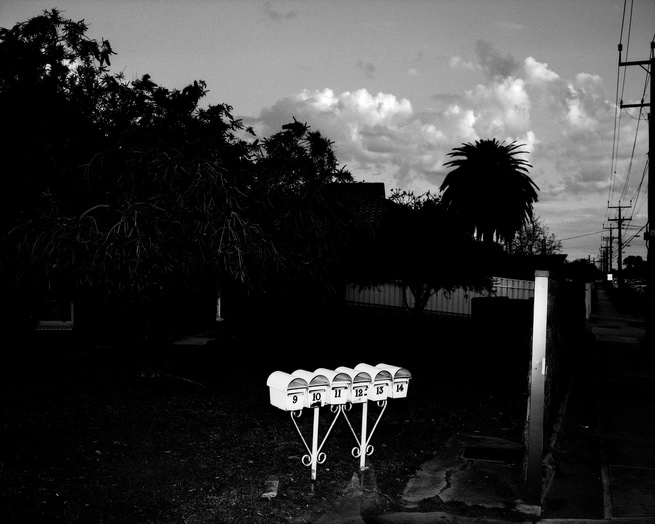
When my father’s heart stopped, I had no choice but to keep moving. He had lived alone, and I understood that managing the logistics of his death—planning his funeral, settling his debts, divvying up his belongings—would be an enormous task. Those looming practical matters infuriated me; I hated that my world-shattering news had not, in fact, shattered the world. It kept spinning along, so I did too. I got the news on a Thursday; flew from my home in the United Kingdom to his home in Savannah, Georgia, on Saturday; and headed to his apartment with my sister on Monday to begin tying up the loose ends of his life. We didn’t have a key to his apartment, but my sister knew the building receptionist and was sure she’d let us in under the circumstances.
Instead, she turned us away. I began to panic: How would we get his suit for the funeral? How would we figure out if he had
life insurance that we could use to pay for the funeral? When would we be allowed to empty his apartment, and would I still be in the country by then?
I had never been to my father’s apartment before—I moved overseas in the fall of 2019, two months before my dad moved to Savannah and six months before the coronavirus pandemic thwarted my plans to visit family—but it hurt to be treated like a stranger there. I wanted to rifle through the artifacts of his life and sink into the happier memories their presence conjured. To sit with whatever remnants of my dad lingered among his belongings. To reclaim what little I could of the visit that COVID had denied me. And I resented the receptionist standing guard at the door to ensure that I didn’t.
I felt certain that there was some misunderstanding, but the only error was mine. Any permission I’d had to rummage through my father’s things had died with him. Successfully navigating the process, referred to as probate, for getting that permission back can be tricky and usually requires the help of a lawyer. Even then, things don’t always go as expected—which is how I ended up collecting my father’s belongings from the sidewalk when he was evicted almost three months after he died.
My circumstances felt bizarre, but it’s not unusual for a jumble of complicated and unexpected logistical tasks to fall into a person’s lap after a loved one dies. Stephanie Handel, a grief and trauma psychotherapist at the Wendt Center for Loss and Healing, in Washington, D.C., told me about pamphlets that the center used to provide recently bereaved people, detailing the enormous list of things they’d need to do in the following weeks and months: contact Social Security, find burial assistance (if they were eligible for it), publish an obituary, order death certificates, contact employers and banks, shut down social-media accounts, cancel subscriptions, handle medical paperwork, hire an attorney, pay taxes. “It’s an intellectually and psychologically challenging task. And it’s a task that you have to undertake when you’re not at your best,” R. Benyamin Cirlin, the executive director of the Center for Loss and Renewal, in New York City, told me.
What I learned after losing my father was that the laws protecting a dead person’s property are surprisingly robust. If he’s made prior arrangements, the ownership of some of his things will transfer automatically. Banks, for example, allow clients to name a “payable on death” beneficiary on some accounts. In almost all cases, practically everything else—even clothing and silverware—must go through probate before anyone can legally claim it. The fact that my father had a will that named me as his executor did not allow my sister and me to sidestep this process. “The will is just a piece of paper until the probate court has verified it,” Gerry W. Beyer, an estate attorney and a professor at Texas Tech University’s School of Law, told me.
The probate process varies by state and even by county, but it generally involves tracking down an original will and getting any “heirs-at-law”—usually the spouse and children—to acknowledge it. If all goes smoothly, probating a will might take a couple of weeks. But any hiccups—say the original will can’t be found, or a pandemic overwhelms the probate-court system—can slow the process down. And if an eligible heir contests the will, probate can take years, Gregory Matalon, an estate attorney based in New York, told me. In the meantime, the deceased person’s things are in a kind of legal limbo and, except in rare circumstances, no one’s supposed to touch them.
Of course, in many cases, people touch them anyway. Family members take what they want of their relative’s heirlooms and donate the rest. Landlords may pressure a deceased tenant’s family to clear out his apartment. When it comes to items of little personal or monetary value, jumping the gun on probate is rarely a problem, the Ohio-based attorney Joan Burda told me, but prematurely making off with cherished or expensive items can lead to legal trouble down the road. For that reason, some landlords won’t allow anyone into a deceased tenant’s apartment without court approval. Our lawyer advised us to halt my father’s rent payments in the hopes that his building would relax this requirement. If my father was evicted, our lawyer reasoned, we could take his things when his apartment was being emptied.
There are some good reasons to protect a dead person’s belongings—you wouldn’t want the wrong person walking away with their prized possessions—but the rigidity of the process can create nightmares for loved ones with good intentions. One woman I spoke with had to take nine months off work to help her elderly father manage his late wife’s estate—he was the official executor but was unable to manage the task on his own.
These logistical headaches can shape the experience of grief in a variety of ways, Cirlin told me. Sometimes, the people saddled with the practical matters sideline their emotions for a while, which can seem strange to outside observers and can be unsettling for the bereaved themselves. People can feel like “Why am I not crying right now?” Handel explained. “But there are things that need to be done, which means that your ability to be present for your own feelings in some ways needs to be halted.” For others, these responsibilities can heighten grief. Filling out paperwork or donating clothing can serve as “another window into the fact that your whole reality has changed,” as Cirlin put it. Someone may feel they’ve found their footing in the aftermath of loss only for one of these innocuous tasks to pull them back into grief. Especially when the process doesn’t go smoothly—if a loved one’s paperwork is poorly organized, for example, or probate unveils unpleasant information about them—the ugliness of these chores can complicate the fond memories and rosy narratives we want to walk away with. “It’s hard to sit with resentment when you’re missing someone,” Cirlin said.
My father’s apartment building never relented, but with the help of our attorney, we did arrange a supervised visit to search for the will and pick up my dad’s suit. (An assistant property manager for the building declined to comment on specifics of the case, but noted, “Generally we are not allowed to provide individuals who are not on the lease with access to an apartment even if they are related to the resident. We try to work with family members of a deceased resident to allow them to obtain their loved one’s belongings. Our actions were taken with direction from, and in coordination with, the family’s attorney.”)
We couldn’t find his original will, but we printed a copy from his computer and then folded the lone suit hanging in his closet into a grocery bag, along with a pair of black sneakers. My sister slipped a plastic rosary from his bedside into the pocket of his jacket, and as she glanced over her shoulder to make sure the receptionist wasn’t watching, we both began to laugh, quietly and tearfully, at the absurdity of the circumstances. If his estate had anything of value, it wasn’t in that apartment. American property law stood between us and a crusty baseball cap sitting crumpled on the counter, a poem I’d written for him on his birthday that he’d printed and tacked to the wall in his office, a hundred worn books that his excessive underlining had rendered worthless to anyone but us.
On our way out, the receptionist gingerly peeked into our bag to ensure that we hadn’t taken anything we shouldn’t have and then escorted us to our car, where she reminded us that we’d be welcome back once we had the proper documentation.
He was evicted before we got it. Mercifully, the assistant property manager let us know the date and time in advance, so we hired movers to collect my father’s things and put them in storage. But when we arrived to get his belongings off the sidewalk, some of them had been damaged. An open bottle of Drano had soaked the contents of one bag. The praying hands of a statue of Our Lady of Fátima that my parents had gotten on their honeymoon had cracked off her arms. And there was nothing I could do about it, because the laws designed to ensure that my father’s things ended up safely in my possession had exhausted their reach.
“I think, very sadly, what you’re learning is that grief is very messy,” Handel said. It’s inextricably bound up with the tedium and absurdity of human existence. It may be triggered by death, but grief is a province of the living. And life goes on.
Complete Article ↪HERE↩!

